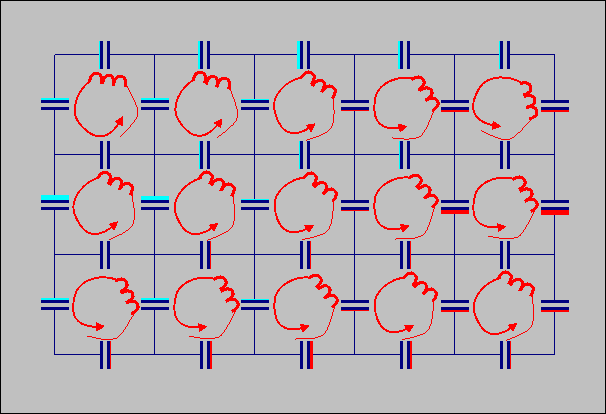This Week’s Finds in Mathematical Physics (Week 293)
Posted by John Baez
In week293 of This Week’s Finds, catch up on recent papers and books about -categories. Hear about last weekend’s Conference on the Mathematics of Environmental Sustainability and Green Technology at Harvey Mudd College. And learn how to think of networks of resistors as chain complexes which are also morphisms in a category.
Posted at February 6, 2010 7:43 AM UTC






Re: This Week’s Finds in Mathematical Physics (Week 293)
You’ve an extra “x” in your URL.